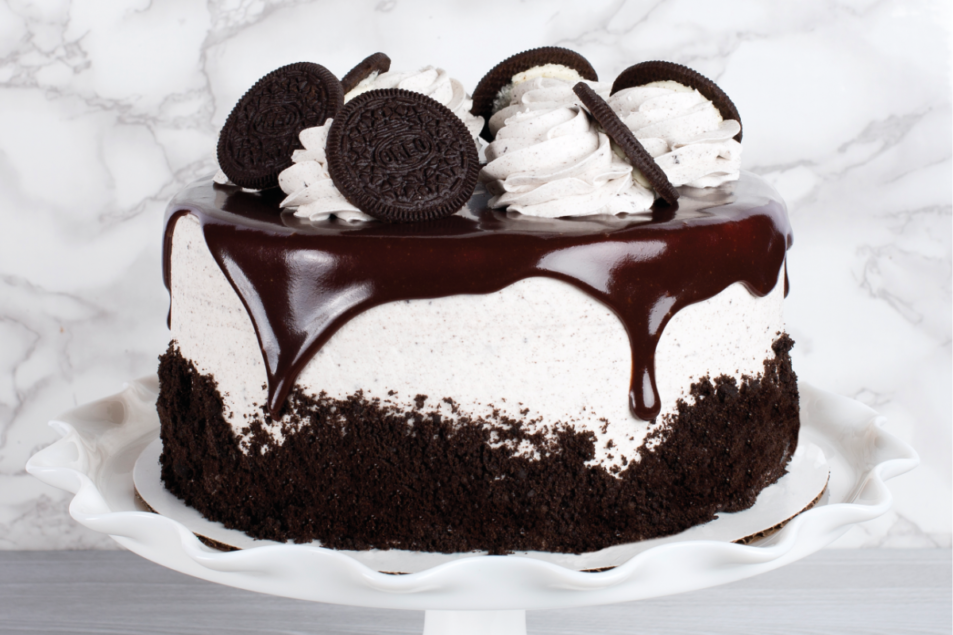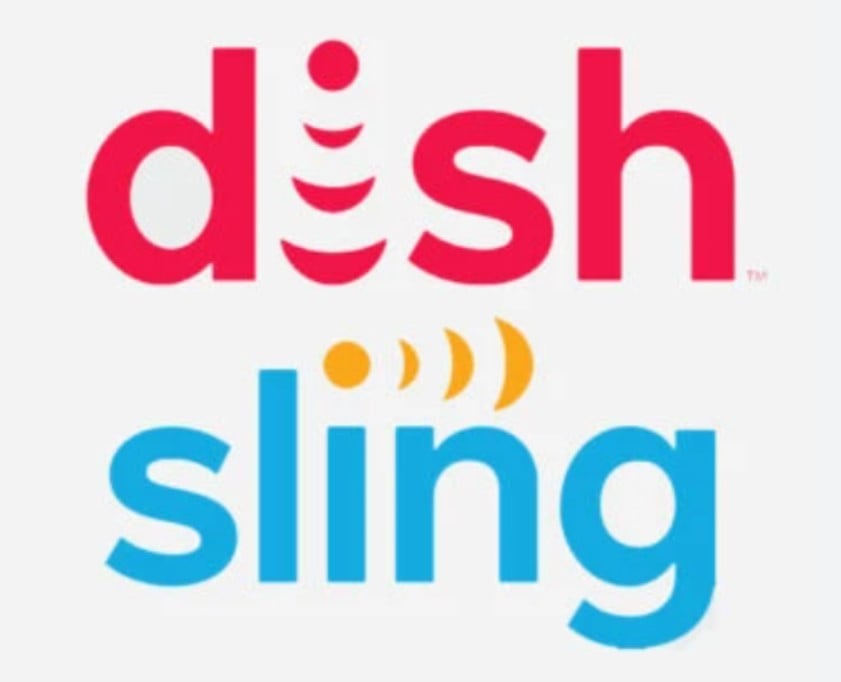
“Build it and they will come.” The iconic film line adapted from “Field of Dreams” continues to find significance as consumers demonstrate they can’t get enough of the ambitious and creative designs covering the once-humble cake. While frosted sheet cakes remain a go-to favorite for large gatherings, cake decorators are not letting constraints get in the way as they push the boundaries of square, rectangle and round.
The popularity of cakes and cake decorating is in part fueled by long-running TV programs on The Learning Channel (TLC), the Food Network, PBS and Netflix. Consumed through weekly viewings or a weekend binge, viewers eagerly tune in to see the triumphs and trials of the artisans who create delicious and beautiful baked goods.
Popular shows such as “Cake Boss” and “The Great British Baking Show” allow viewers a visual baking fix along with a healthy dose of reality, reminding us baking is truly an artform. Netflix’s “Nailed It” even satisfies the needs of those more interested in Pinterest-worthy baking fails. Other shows such as “Zumbo’s Just Desserts” that search for the next Willy Wonka-esque baker and “Chef’s Table” serve as visual escapes to enjoy another’s culinary efforts.
“For some consumers it’s important to make an impact with a cake,” said Eric Richard, education coordinator for the Madison, Wis.-based International Dairy Deli Bakery Association (IDDBA). “Social media is driving this and knowing these types of cakes can be created is why people are seeking them out.”
Thankfully, bakers can anticipate these more labor-intensive cakes because they are typically planned purchases. While cake decorating can be a prime way for the instore bakery to stand out in the grocery perimeter, Richard cautions that it’s necessary to understand what an instore bakery can reasonably do and how to recruit the right talent to create a robust and viable program.
Reality check
Although entertainment media remains a place for ideas, it also serves as a reminder. Those searching for a cake possessing such an ideal must understand the time and costs tied up in a beautiful cake.
“Customers are watching TV and online baking shows and getting ideas but sometimes these media create unrealistic expectations,” said Bernadette Haas, director of operations for the Tinley Park, Ill.-based Retail Bakers Association (RBA). “There’s a disconnect when it comes to the consumer’s willingness to pay for the cost of a more creative cake.”
Rhonda Delaney, vice president of sales and merchandising at Lawrence Foods, Elk Grove Village, Ill., describes this as the “have it your way” mentality. She acknowledges cakes as “definitely having a moment” with an accompanying mindset of bigger, better and more unique being prevalent because of the cakes shared on Pinterest and Instagram. Those who don’t want a traditional cake, no matter how outrageous in design, can also choose from alternative “cakes” made from stacks of crepes, pancakes, donuts, cheese wheels or macarons.
Upping the Ante
With cake being the centerpiece to so many of life’s happy celebrations - weddings, birthdays and other social gatherings - Delaney sees a growing push for bakeries to stay on top of the trends followed by younger generations who document so much of their lives on social media.
With new creations shared online at lightning speed, organizations such as RBA and IDDBA look for ways to keep bakers informed of changing consumer perspectives and provide business resources and networking opportunities.
One example is the Cake Decorating Challenge at the annual IDDBA show, an event where companies come prepared to push cake decorating’s creative boundaries in a live competition.
Such an example serves as an important reminder why some may be good, but more is often better when it comes to cake. This includes over-the-top designs and distinctive flavor combinations like a lightly boozy bourbon triple chocolate cake topped with praline icing. Chicago-based Barry Callebaut’s proprietary consumer research backs this up, saying the time is right for hyper-indulgence. Seventy-six percent of North American consumers surveyed said they prefer cakes or pastries that allow them to indulge, and 74% of North American consumers want to try new and exciting chocolate cake or pastry experiences.
In agreement is Lawrence Foods, which finds that chocolate continues to be a fan favorite among its customers. The company is seeing a surge of popularity for its candy- and cookie-inspired cakes and its buttercrème Cookies & Crème Decocrèmes® Icing. They’ve also had great success with flavor promotions creating nostalgic cookie cakes using its Peanut Butter, Crème de Menthe, Butter Pecan and Fudge icings.
Beyond chocolate, hyper-indulgence can also include adding an interesting texture, unique or premium ingredients or exotic ethnic flavors. Last year, Nielsen-Massey Vanillas, Waukegan, Ill., added two new global options from Uganda and Indonesia to its line of single-source pure vanilla extracts. The new flavors join the company’s other single-origin vanilla products sourced from Madagascar, Mexico and Tahiti.
Healthier indulgence
Healthy and indulgent don’t always go together in the bakery but many consumers leave a little wiggle room when it comes to enjoying sweet goods, including cakes. However, this doesn’t include any tolerance for trans fats like partially hydrogenated oils (PHOs).
Looking to provide its customers with clean label alternatives, Stratas Foods, Memphis, Tenn., offers customized shortenings for bakery manufacturers. This includes developing and improving butter-flavored oils and providing interesterified shortenings like its Superb Select 1020. The soy-based, palm-free shortening is made without hydrogenated oils, allowing bakers to substantially reduce saturated fats in bakery items compared with most shortenings. Sourced from soybeans, the fats in Superb Select 1020 offer an alternative to the use of conventional palm oil. Apex is another of the company’s non-PHO options. The soy-based shortening is used as a drop-in solution for more challenging baking, icing and donut applications, according to the company.
In February, Cargill, Minneapolis, announced plans to offer bakeries innovative shortening solutions for breads, cakes, cookies and frying. An investment of $6.4 million will expand the company’s food pilot capabilities at its North American Pilot Development Center in Savage, Minn.
Any-sized celebration
While there’s every reason to go big on the decorating side, it’s important to consider size does matter, especially when not all customers want or need a cake that’s super-sized. In response, Lawrence Foods is finding success offering “baby cakes” to its grocery customers. The 5 in double layer cakes offer customers a more upscaled look in a smaller footprint.
Smaller sizes also offer a convenient excuse to enjoy cake more often. To encourage more impulse cake purchases, Richard recommends offering a variety of options in smaller sizes. “Cake is a way for consumers to treat themselves, but they don’t always want a sheet cake,” Richard said. “There’s an opportunity to engage with smaller sizes that resonate with smaller families and single people.”
This includes acknowledging that depending on the size of the household, a cake purchase could stretch over multiple eating occasions, and no one enjoys eating stale cake. While there was a big push for recyclable cardboard packaging several years ago, functionality has now led to the return of plastic domes. The convenience and ease of a resealable container that keeps the remaining product fresh resonated with customers, according to Delaney.
With the trend of “snackification” alive and well across the food industry, individually packaged small snacks or slices of cake at POS often serve as impulse purchases of an indulgent treat for one. Corbion, Lenexa, Kan., shares that the effects of the COVID-19 outbreak have further increased the demand for individually packaged items. The preference could be related to the extended shelf life of packaged goods as well as increased protection offered by the packaging. The company shared Nielsen 2020 data showing the popularity of single packs surging to 19 times the growth rate experienced in 2019.
“As manufacturers try to make foods more convenient and portable for consumers, the manufacturing of these goods has become more centralized in order to offer bakers a wider and more complex array of goods without the need for them to source skilled labor or bake them inhouse,” says Kathy Sargent, global innovation director, Corbion.
This might also mean cakes are finished by a manufacturer offsite before being shipped to the baker for further customization, she continues. While elaborate cakes purchased for birthdays and celebrations are often planned purchases, other cakes, such as German chocolate, carrot or red velvet, are more often an impulse purchase to be enjoyed as an everyday treat. Instore bakeries that may not have the resources to offer a range of different cakes can look to offer fully finished cakes or use reliable, high-quality cake mixes.
Rich’s, Buffalo, N.Y., offers a line of fully finished cakes. In addition to standard quarter-sheet cakes, its line of cakes include a 4 in layer cake, an 8 in pre-soaked Tres Leches-style sponge cake, a Black & While 8 in double layer cake, Boston Crème single-layer yellow cakes, a Caramel Sea Salt double-layer 7 in cake and more. A range of 8 in double-layer combo cakes feature quarter combinations of some of the company’s best-selling cakes.
No matter if it’s an everyday pick-me-up or a planned celebration, the best part of indulging is that there never has to be an occasion. Plain and simple or elaborate in design, cake is always perfect.
"cake" - Google News
May 18, 2020 at 09:55PM
https://ift.tt/2ya82kW
Cake bakers and decorators redefine the medium - Supermarket Perimeter
"cake" - Google News
https://ift.tt/2o81WMZ

No comments:
Post a Comment